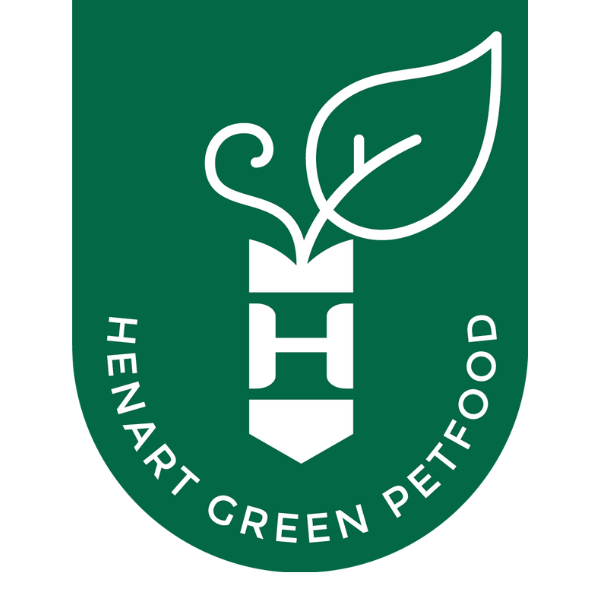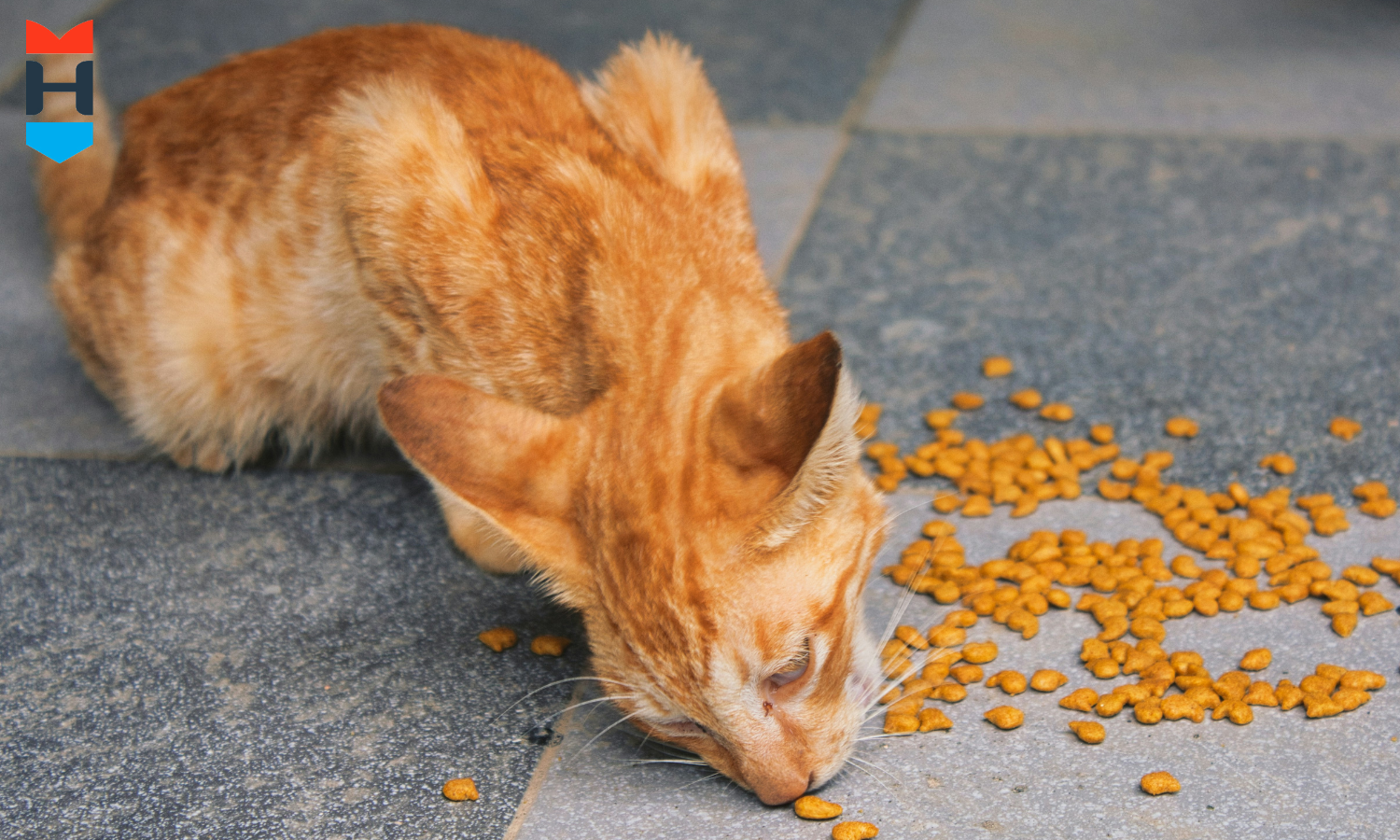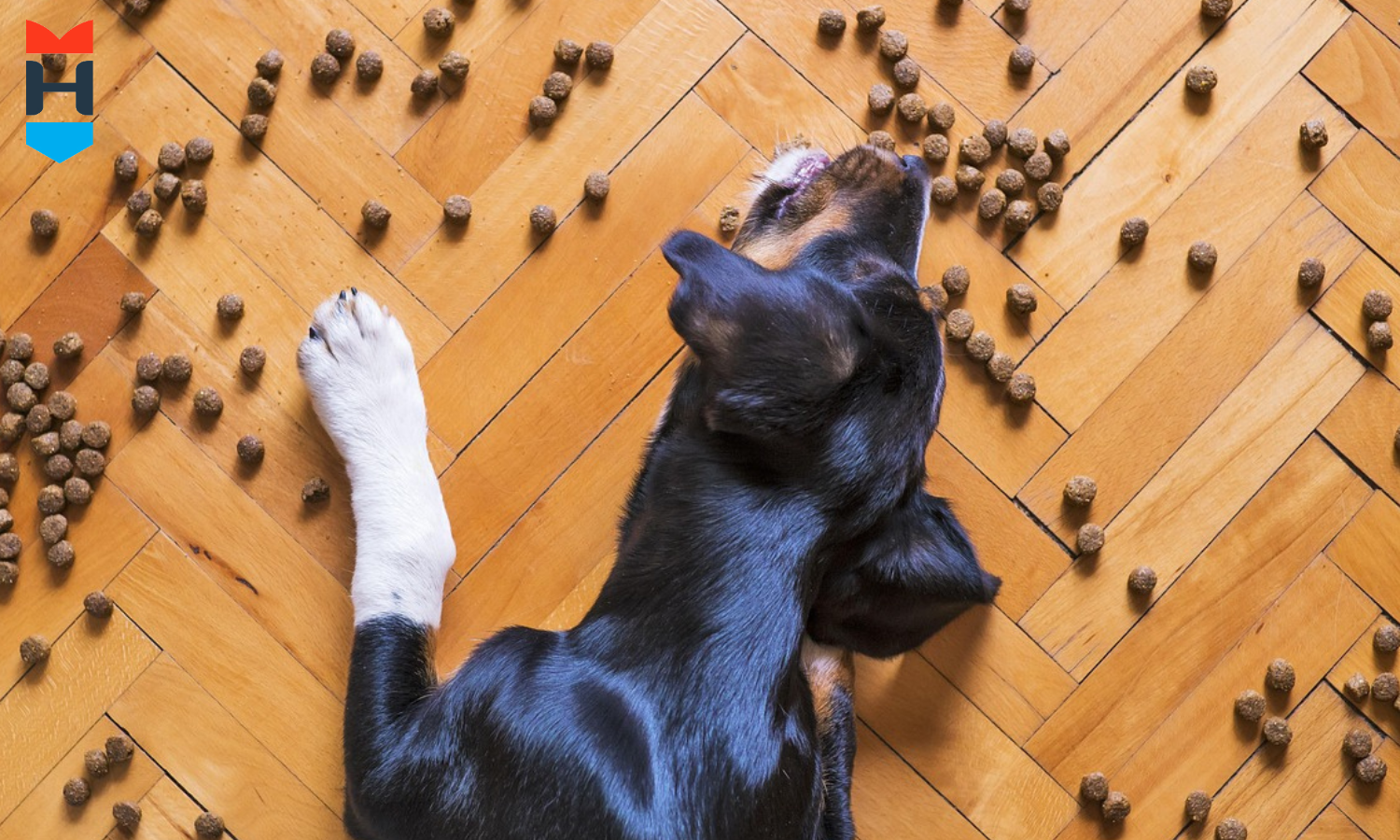As pet guardians, navigating the myriad of health issues that can affect our beloved companions can be daunting. One such issues, hyperthyroidism, particularly impacts cats.
In a world where nutrition plays a pivotal role in overall health, HenArt, a leading Dutch pet food company, offers a new generation of completely balanced dog and cat food.
HenArt specializes in plant-based foods and insect proteins to combat common health problems such as hyperthyroidism in cats.
What is hyperthyroidism?
The condition most commonly occurs in middle-aged to older cats, typically between 10 and 20 years of age. In recent decades, the incidence of hyperthyroidism in cats has increased significantly, becoming a growing challenge for both veterinarians and pet owners.
Scientific findings: Causes of hyperthyroidism
Recent studies suggest that environmental factors—such as exposure to certain chemicals, such as flame retardants—may contribute to the increasing incidence of feline hyperthyroidism (McKenzie et al., 2015). Dietary iodine intake may also play a crucial role in the production and regulation of thyroid hormones (Nguyen et al., 2017).
The Symptoms
The signs of the disease may be very subtle at first, so the cat should be monitored very closely. The following should be noted:
1. Increased appetite
Cats may develop ravenous appetites and continue to lose weight despite increased food intake.
2. Weight loss
Even with a healthy appetite, cats usually lose weight due to their increased metabolism.
3. Increased activity
Hyperactive behavior is often the result of an excess of thyroid hormones.
4. Vocalization
Cats are increasingly making themselves known by meowing or howling.
5. Pawing at the neck
Discomfort in the neck area becomes noticeable.
6. Poor coat condition
The coat may be unkempt, greasy or matted.
7. Increased thirst and urination
This can lead to dehydration if left unmonitored.
8. Vomiting and diarrhea
Gastrointestinal disorders are also common.
If these symptoms occur, it is important to consult a veterinarian to obtain a diagnosis in order to address the appropriate treatment.
Diagnosis of hyperthyroidism
Veterinarians typically perform a series of these tests to diagnose hyperthyroidism:
1. Physical examination
The veterinarian will palpate the thyroid to determine if it is enlarged.
2. Blood tests
Elevated levels of thyroxine (T4) and triiodothyronine (T3) in the blood are a sign of hyperthyroidism.
3. Urinalysis
This is used to examine kidney function, as hyperthyroidism can affect kidney health.
4. Imaging
In some cases, an ultrasound examination or thyroid scintigraphy may be used to evaluate thyroid nodules or tumors.
Recent Research: Treatment
A study by Vogler et al. (2010) found a link between iodine content in cat food and the development of hyperthyroidism. Consequently, a low-iodine diet was investigated as a treatment strategy and led to the development of therapeutic diets that limit iodine intake.
Traditional treatments for hyperthyroidism
Once hyperthyroidism is diagnosed, it can be treated with several methods:
1. Medication
Antithyroid medications such as methimazole reduce the production of thyroid hormones. While these medications are effective, they must be taken daily and can cause side effects such as liver toxicity or blood dyscrasias.
2. Treatment with radioactive iodine (I-131)
This therapy targets and destroys the overactive thyroid tissue, often resulting in a permanent cure. It is usually the preferred treatment, but is not available in all regions.
3. Surgery
Surgical removal of the thyroid can be curative, but it carries risks, especially in older cats with other health problems.
4. Dietary treatment
A slowly emerging and effective treatment is feeding a special low-iodine diet to limit the production of thyroid hormones.
Effectiveness of dietary treatment
A study by Packer and Hansen (2012) found that a low-iodine diet can effectively control hyperthyroidism in many cats, with fewer side effects than long-term medication. However, consistent adherence to strict dietary plans is crucial for success.
The role of diet during treatment
Nutrition plays a major role in a cat's health, but it's especially important in the treatment of hyperthyroidism. Choosing the right food can help slow the progression of the disease and alleviate symptoms. HenArt's plant-based diet and insect proteins are an excellent way to support the health of your beloved four-legged friends.
Scientific basis: Low-iodine diet
Iodine is an essential building block for the synthesis of thyroid hormones. Reducing iodine intake can limit thyroid hormone production, thus curbing hyperthyroidism. HenArt's special diets are formulated with low iodine and are consistent with this therapeutic approach (Morris, 2013).
Why HenArt food is beneficial
1. Balanced diet
HenArt formulates its meals to be wholesome and balanced, which is crucial for treating health problems such as hyperthyroidism.
2. Reduced iodine content
With special, low-iodine foods, HenArt addresses one of the most important components that can alleviate the severity of hyperthyroidism.
3. Novel proteins
By using insect proteins, HenArt meals provide essential amino acids without the excess iodine found in conventional meat sources.
4. Digestive health
HenArt's high-quality ingredients promote overall digestive health and support the cat's immune system during treatment.
The benefits of mealworm insect food
HenArt's commitment to innovative nutrition includes the inclusion of mealworms as a primary protein source. These insect proteins are not only sustainable but also offer a wealth of health benefits, particularly in the treatment of hyperthyroidism.
1. High bioavailability
Insect proteins, including mealworms, provide a complete amino acid profile to ensure cats receive the nutrients they need for cell repair and overall well-being.
2. Hypoallergenic
Many cats with health problems are sensitive to conventional protein sources. Insect proteins are less likely to trigger allergies, making them a safe choice.
3. Omega fatty acids
Mealworms are rich in omega-3 and omega-6 fatty acids, which can help reduce inflammation and promote a healthy coat.
Supporting research: Mealworm insect food
A study by Medrano et al. (2016) has shown that insect-based food is not only nutritionally sound but also very tasty for cats, making HenArt an excellent alternative protein source for various health conditions.
The role of the HenArt Eggshell Membrane®
In addition to the mealworms, HenArt feed contains the innovative Eggshell membrane. This byproduct is not only sustainable but also offers the following benefits for cats.
1. Collagen
Eggshell membranes are rich in collagen, which is essential for maintaining healthy joints and is particularly helpful for older cats who may suffer from arthritis in addition to hyperthyroidism.
2. Glucosamine and Chondroitin
These compounds also have positive effects on joint health and can improve mobility and reduce discomfort.
3. Promotes digestive and skin health
The proteins contained in the eggshell membrane as well as anti-inflammatory properties can support digestive and skin health and contribute to a shiny coat.
4. Natural source of nutrients
This supplement provides essential nutrients that are important for the overall health of cats and support the treatment of hyperthyroidism.
Scientific evidence: Eggshell Membrane
Research by Decker et al. (2014) shows that eggshell membrane supplementation can improve joint health and reduce inflammation, supporting the overall well-being of aging cats.
What to do – and what not to do
When caring for a cat diagnosed with hyperthyroidism, some rules should be followed.
Dos
✅ Consult your Veterinarian
It is important to always work with your veterinarian to develop a treatment plan that includes proper medication, diet, and regular thyroid monitoring.
✅ HenArts special diet
A low-iodine diet can help – for example, HenArt's innovative insect protein options are specifically tailored to these needs.
✅ Monitor symptoms
Changes in behavior, appetite, or weight should be monitored as these provide clues for the veterinarian to adjust treatment.
✅ Ensure hydration
Older cats, in particular, can easily become dehydrated, especially if they urinate a lot. Fresh water should always be available.
✅ Environmental enrichment
The cat should always be sufficiently occupied – toys and other activities help to alleviate the hyperactive behavior that often accompanies hyperthyroidism.
Don'ts
❌ Ignoring symptoms
The earlier hyperthyroidism is detected, the better it can be treated. Behavioral changes should not simply be attributed to "aging."
❌ High-iodine foods
If your cat has been diagnosed with hyperthyroidism, you should avoid traditional meat with a lot of iodine and instead opt for HenArt's low-iodine diets.
❌ Self-medication
It's important not to give any over-the-counter supplements or medications without first consulting your veterinarian. Uncontrolled treatments could interfere with the prescribed therapy.
❌ Insufficient monitoring
Regular veterinary visits are crucial for treating hyperthyroidism. If these appointments are missed, the disease could progress uncontrollably.
Integrating HenArt food into your cat's routine
Switching to a new food should be done slowly to avoid stomach upset. Here's a simple guide:
1. Consult your Veterinarian
Before changing the diet, you should consult your veterinarian to ensure that the HenArt diet meets your cat's specific needs.
2. Gradual transition
The new HenArt food should be gradually mixed with the existing food. The proportion of the new food should be gradually increased over a period of 7-10 days.
3. Monitor your cat
During the transition, possible reactions or changes in the cat's behavior should be observed.
4. Consistency
After the transition, it is important to maintain a regular feeding schedule to maximize the benefits of the low-iodine diet.
5. Regular check-ups
Regular veterinary visits should be scheduled to monitor thyroid hormone levels and adjust the diet if necessary
Conclusion: A balanced approach with HenArt
Hyperthyroidism presents a significant challenge for both cats and their owners. However, with a proactive approach that includes proper nutrition, recognition of symptoms, and veterinary care, the condition can be successfully treated.
HenArt is committed to providing valuable support for improved cat health with innovative plant- and insect protein-based foods. By focusing on sustainable, nutrient-rich, and low-iodine meals, HenArt contributes to improving the lives of cats with hyperthyroidism.
The integration of HenArt products, enriched with unique ingredients such as mealworms and eggshell membranes, provides a balanced diet essential for treating this condition. Through continuous research and advances in pet nutrition, HenArt ensures that cat owners have the right tools to support their furry companions through health challenges such as hyperthyroidism. Together, we can promote the health and well-being of cats so they can live long, happy, and healthy lives.
Sources
- Decker, E.A., et al. (2014). “Dietary supplementation with eggshell membrane enhances joint health in cats.” Journal of Feline Medicine and Surgery, 16(5), 396-403.
- McKenzie, CA, et al. (2015). “Environmental factors in feline hyperthyroidism: A case-control study.” Veterinary Journal, 209(2), 275-281.
- Morris, G. (2013). “Low-iodine diets for managing feline hyperthyroidism.” Journal of Feline Medicine and Surgery, 15(4), 271-275.
- Nguyen, PA, et al. (2017). “The role of dietary iodine in thyroid function: Implications for feline health.” Veterinary Endocrinology, 25(3), 199-207.
- Packer, M.M., & Hansen, R.L. (2012). “Comparative efficacy of dietary management vs. medical therapy for feline hyperthyroidism.” Journal of Veterinary Internal Medicine, 26(4), 884-889.
- Vogler, C., et al. (2010). “The influence of diet on feline hyperthyroidism: An epidemiological perspective.” Veterinary Research Communications, 34(3), 267-275.
- Medrano, F., et al. (2016). “Evaluation of insect-based diets for domestic cats: Nutritional adequacy and palatability.” Animal Feed Science and Technology, 220, 56-63.




Leave a comment
All comments are moderated before being published.
This site is protected by hCaptcha and the hCaptcha Privacy Policy and Terms of Service apply.